Na Duong valley is about 32 km east of Lang Son city along National Highway 4B, including Na Duong town and some communes near Na Duong coal mine, Loc Binh district.
According to documents provided by the Department of Culture and Information of Loc Binh district, the mining process at Na Duong coal mine has discovered many fossils of animals and plants under Tertiary sediment layers dating from 39 to 5 million years ago. They were formed as a result of the movement of the Cao Bang - Tien Yen geological fault zone, which has important value in paleontological and Earth science research.
 The mining process at Na Duong coal mine has discovered many fossils of animals and plants under Tertiary sediment layers dating from 39 to 5 million years ago.
The mining process at Na Duong coal mine has discovered many fossils of animals and plants under Tertiary sediment layers dating from 39 to 5 million years ago.
Tens of millions of years ago, this place was originally a plain that was raised and lowered due to tectonic activities, gradually becoming swampy with the development of lakes and swamps, creating conditions for plants to thrive and gradually accumulate, being buried to form coal under the anaerobic lake water environment.
Here, in addition to the convenient coal resources, there are also many valuable and unique geological heritage resources of paleontology, showing an interesting and attractive geological and tectonic development history, attracting many geologists and domestic and foreign tourists to visit and research.
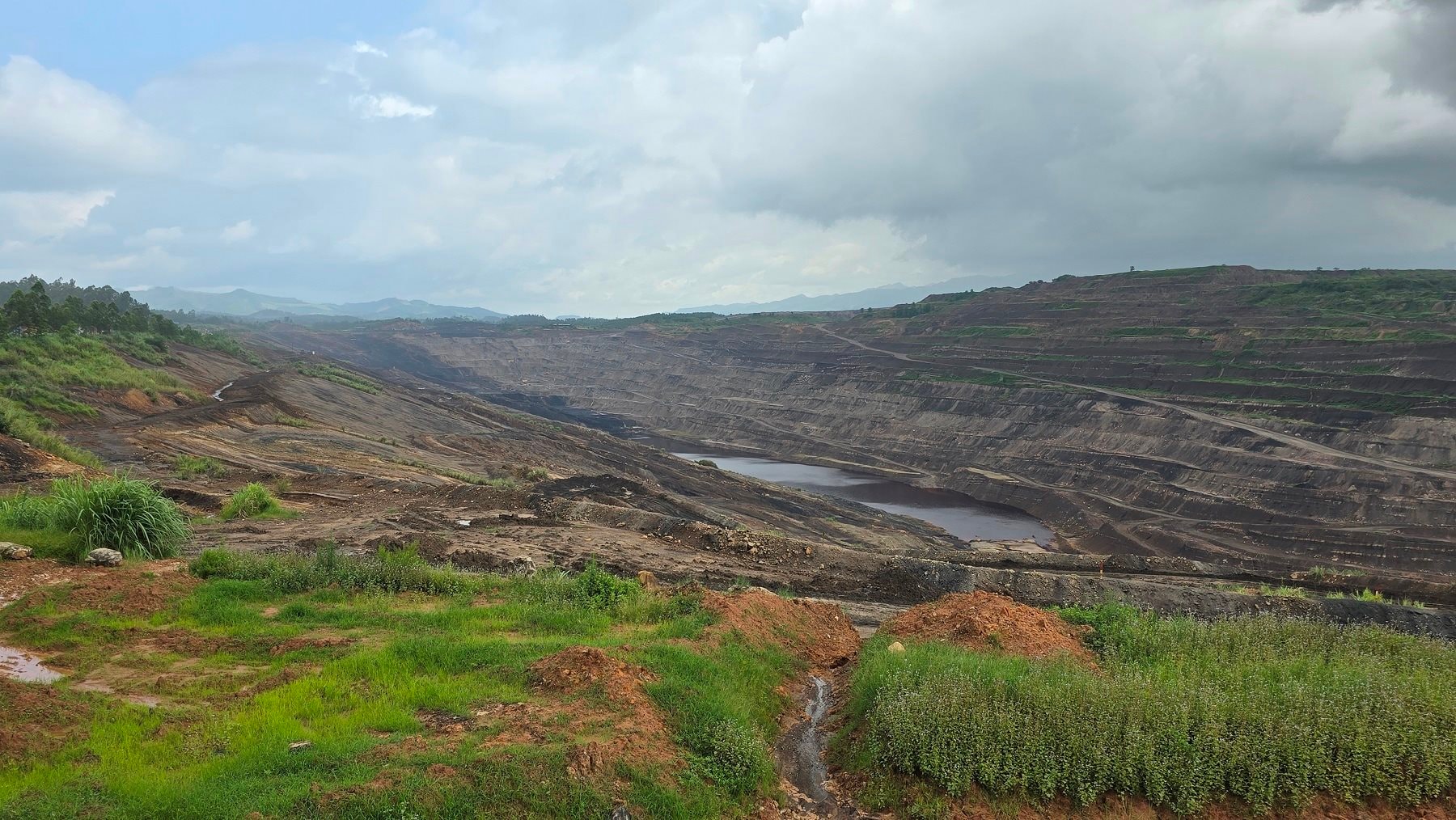 A corner of Na Duong coal mine.
A corner of Na Duong coal mine.
At the Na Duong coal mine, scientists have so far discovered and researched many huge collections of fossil remains of diverse and unique animal and plant species that lived about 20-30 million years ago, many species still exist today.
Since 1992 the fossil of a small crocodile species has been discovered, since then a series of new discoveries of fossils with new genera of animals and plants have been published.
 At the Na Duong coal mine, scientists have discovered and researched many huge collections of fossil remains of diverse and unique species of animals and plants.
At the Na Duong coal mine, scientists have discovered and researched many huge collections of fossil remains of diverse and unique species of animals and plants.
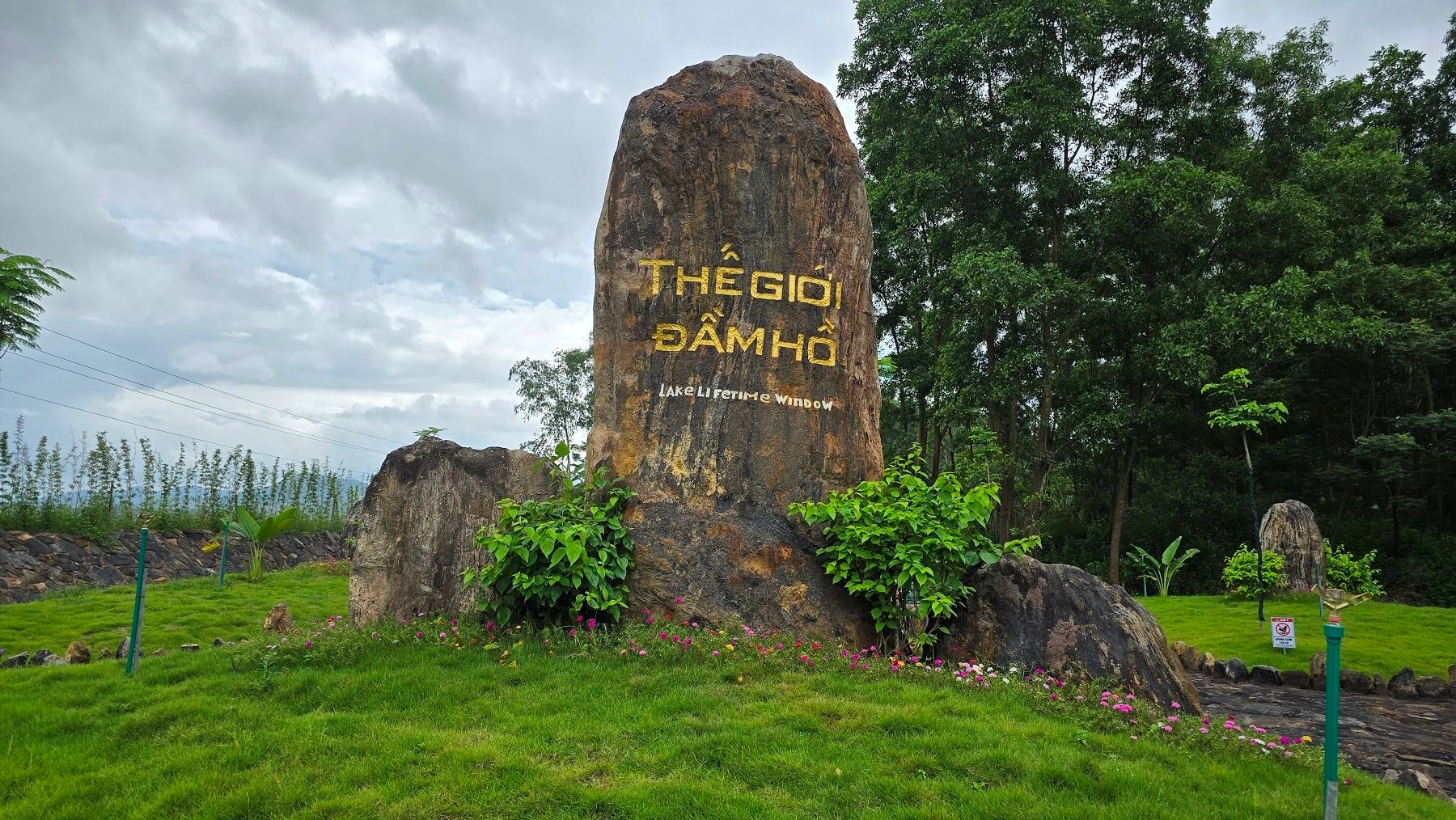
Regarding plants, fossils here have proven the existence of tropical and subtropical humid forests. Resinous plants grow in humid temperate or subtropical and hot and humid tropical climates such as the family of Oak, Oak, mulberry, fig, and some lower plants.
Animal fossils are very rich, including mollusks, vertebrates such as fish, turtles, crocodiles and mammal fossils such as rhinoceroses, primates, “coal monsters”, especially rhinoceroses and hook-nosed primates. Researchers have provided evidence to prove that mammals in the Na Yang basin are the ancestors of rhinoceroses and “coal monsters” in Europe.
This confirms the close biogeographical connection between the Atlantic and European mammal faunas, highlighting the importance of Southeast Asia as a source area for intercontinental mammal dispersals along the northern margin of the ancient ocean.
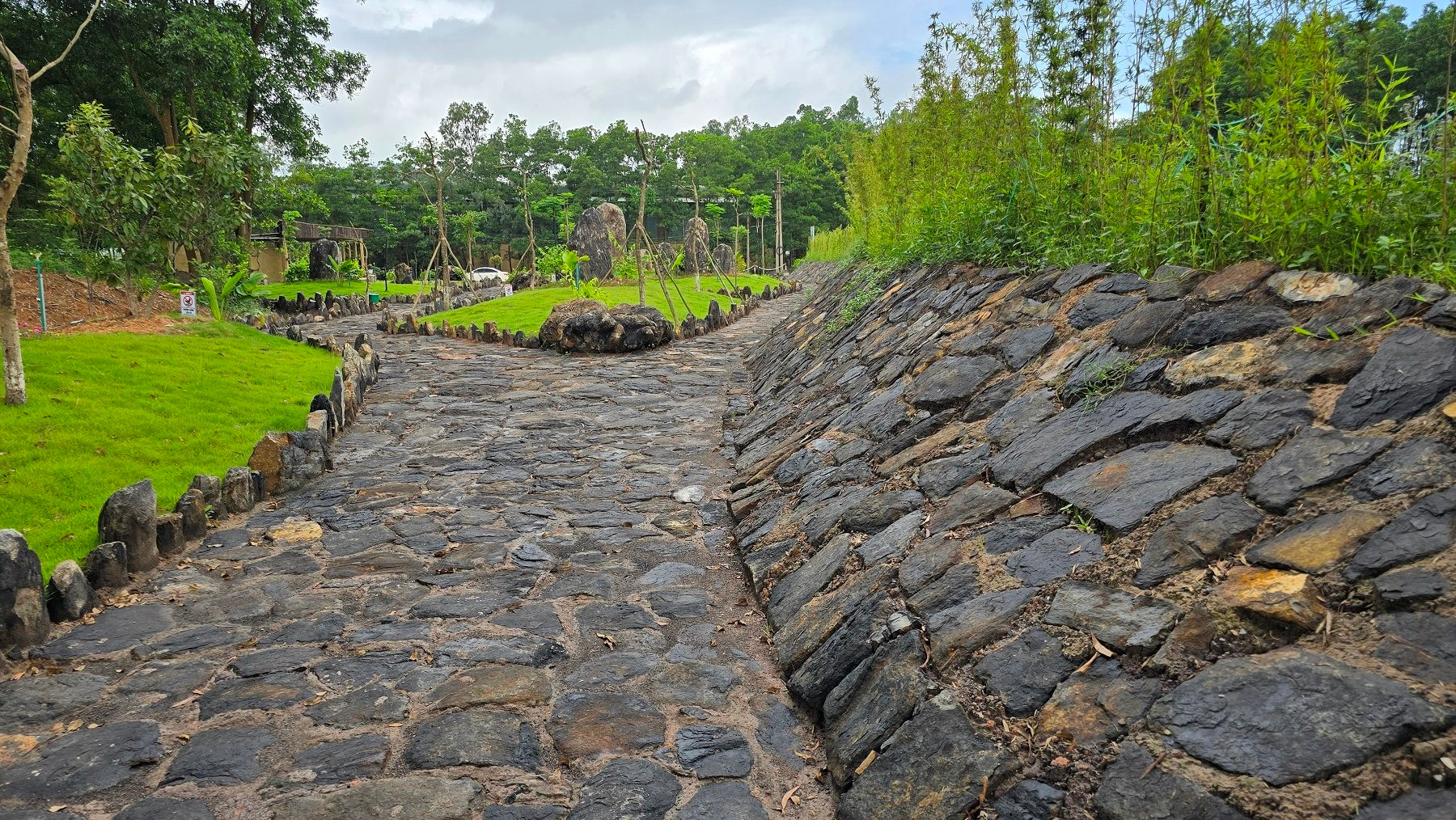 Some items inside "Na Duong Lake World" have been completed.
Some items inside "Na Duong Lake World" have been completed.
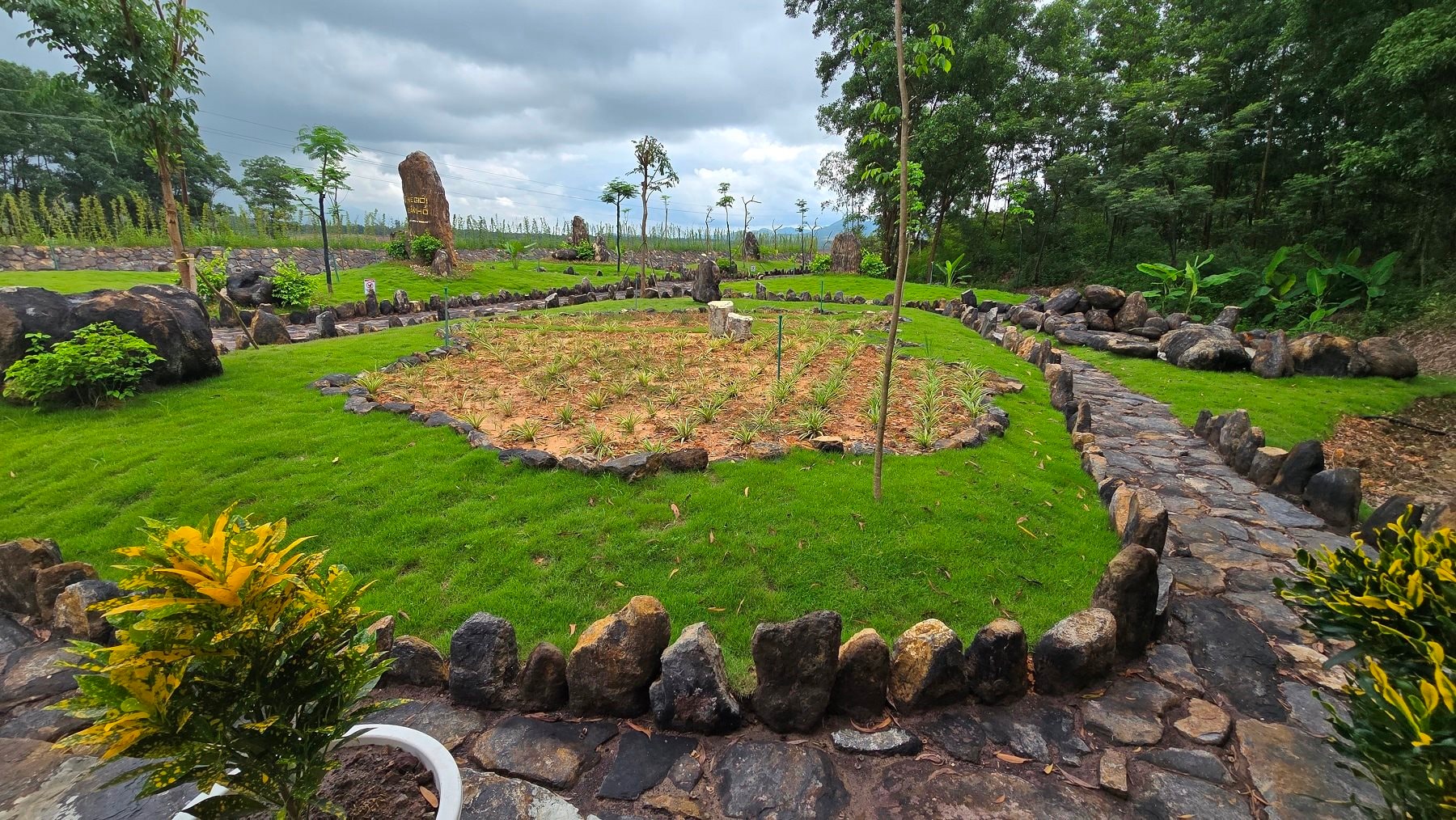
Recognizing those values, currently, Lang Son Geopark Management Board has been actively coordinating with Na Duong Coal Company to build and develop the "Na Duong Lake World" site into an outstanding tourist attraction.
The project implemented here has an area of about 5,800m2, including items such as: Observatory, parking lot, waiting room, restroom, sightseeing road and an outdoor museum displaying paleontological fossils for tourists and people to visit, learn and do scientific research.
This will be an attractive destination on tour route number 4, considered a "window" opening up a view of the ancient lagoon world, a bright pearl of Lang Son Geopark.
“
Lang Son Geopark was established in 2021, covering an area of over 4,842 km2, located in 8 districts and cities with a population of 627,500 people (equivalent to 58% of the area and 78% of the province's population). 4 tourist routes with 38 destinations have been formed and are being implemented with the theme "The flow of life in the sacred land". According to the plan, from July 6 to 10, 2024, the UNESCO expert team will conduct field appraisal and assessment at 26/38 points in the 4 tourist routes of Lang Son Geopark. The experts will complete the report and send it to the UNESCO Geopark Council for consideration and decision...
Source: https://baotainguyenmoitruong.vn/trung-na-duong-diem-di-san-dia-chat-dac-biet-376476.html



![[Photo] Flooding on the right side of the gate, entrance to Hue Citadel](https://vphoto.vietnam.vn/thumb/1200x675/vietnam/resource/IMAGE/2025/10/28/1761660788143_ndo_br_gen-h-z7165069467254-74c71c36d0cb396744b678cec80552f0-2-jpg.webp)
![[Photo] National Assembly Chairman Tran Thanh Man received a delegation of the Social Democratic Party of Germany](https://vphoto.vietnam.vn/thumb/1200x675/vietnam/resource/IMAGE/2025/10/28/1761652150406_ndo_br_cover-3345-jpg.webp)
![[Photo] Draft documents of the 14th Party Congress reach people at the Commune Cultural Post Offices](https://vphoto.vietnam.vn/thumb/1200x675/vietnam/resource/IMAGE/2025/10/28/1761642182616_du-thao-tai-tinh-hung-yen-4070-5235-jpg.webp)
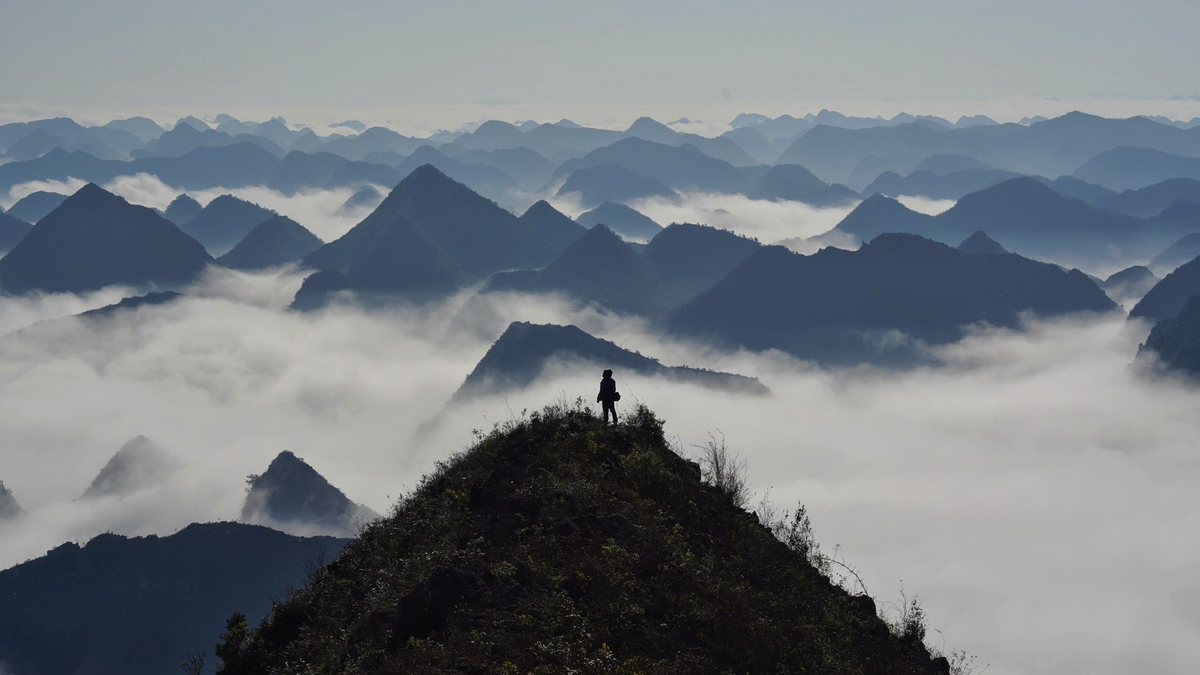
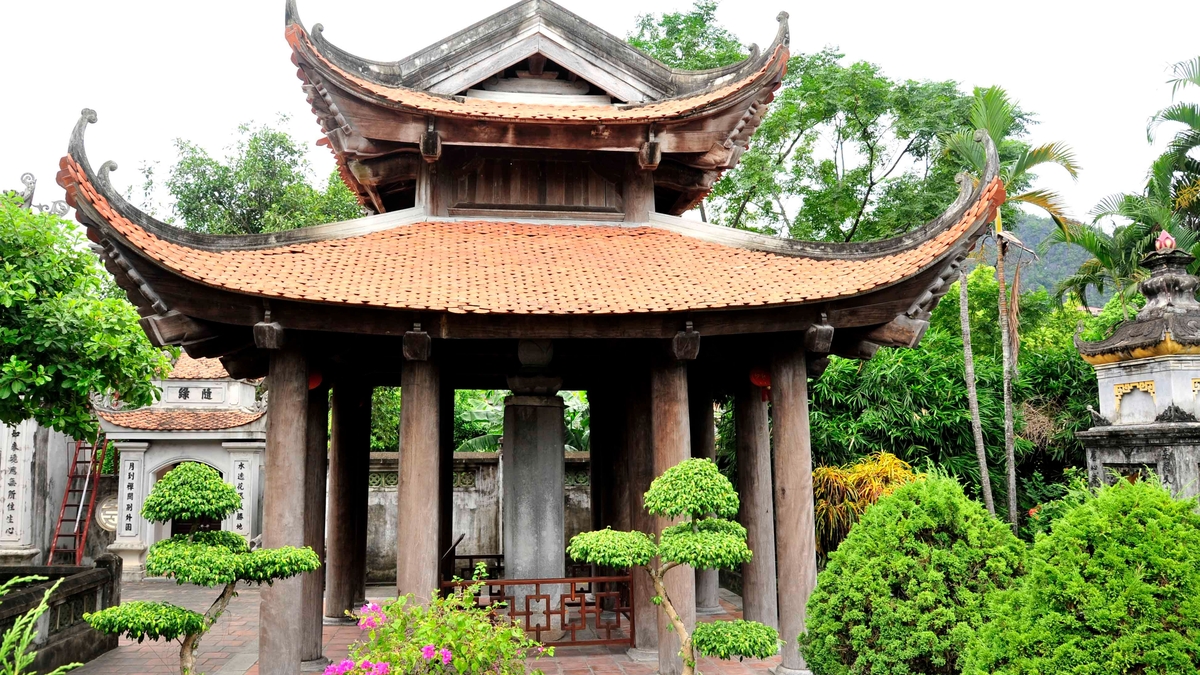


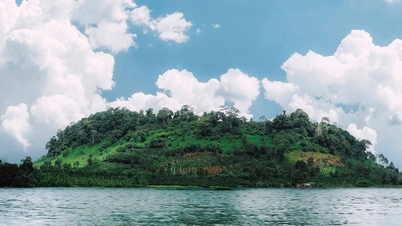
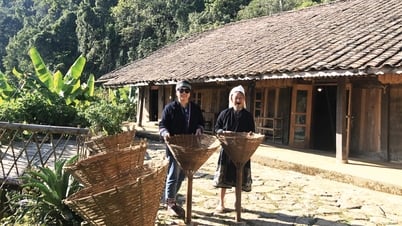



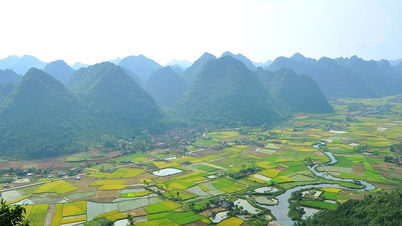



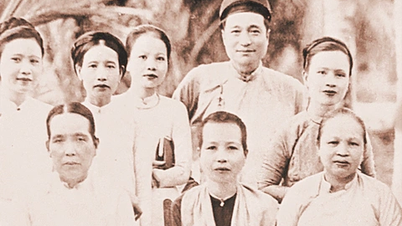



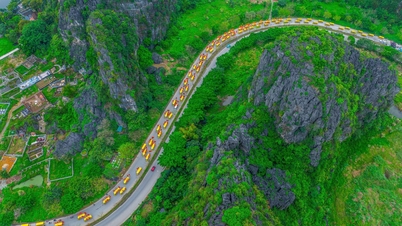

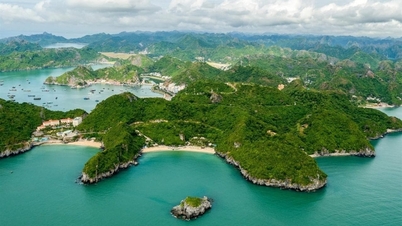

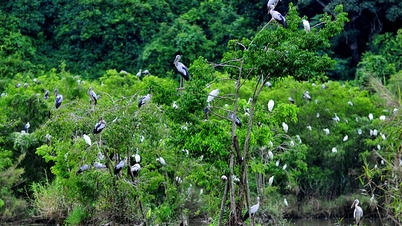

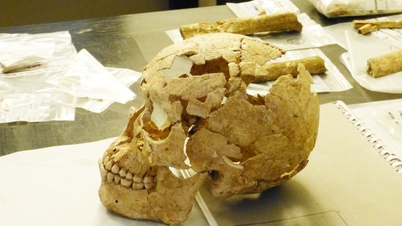




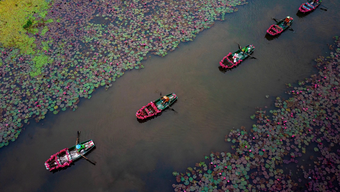



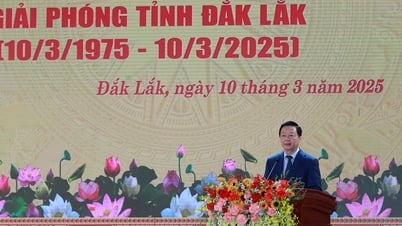


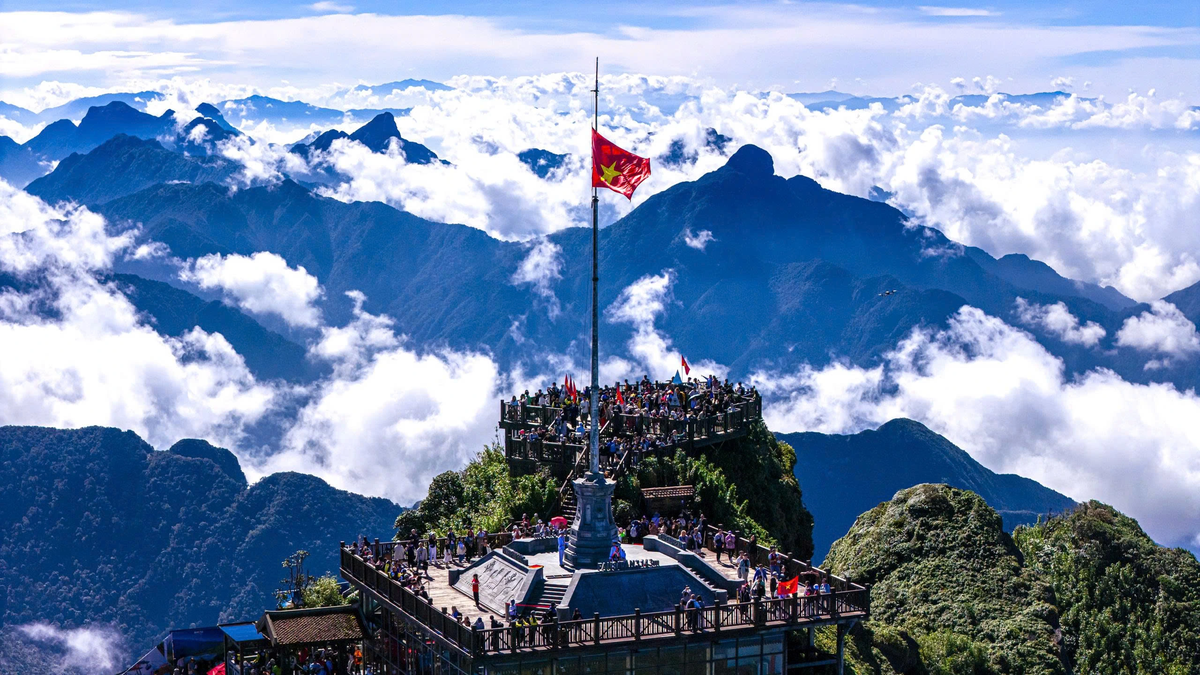
![[Photo] President Luong Cuong attends the 80th Anniversary of the Traditional Day of the Armed Forces of Military Region 3](https://vphoto.vietnam.vn/thumb/1200x675/vietnam/resource/IMAGE/2025/10/28/1761635584312_ndo_br_1-jpg.webp)
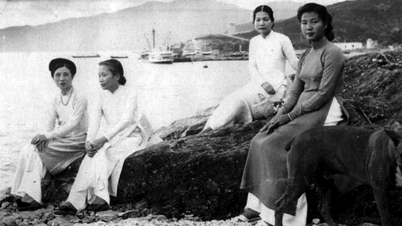
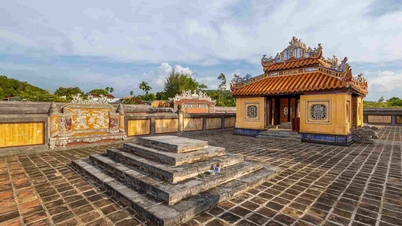


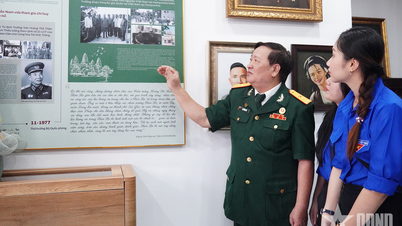














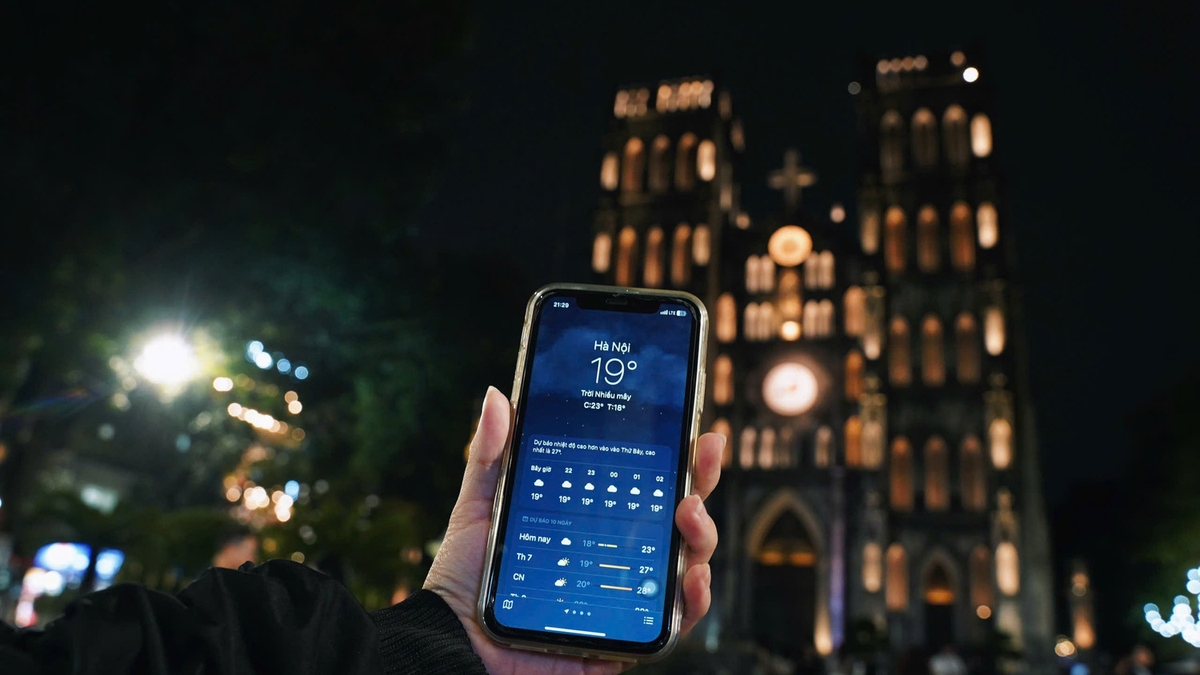



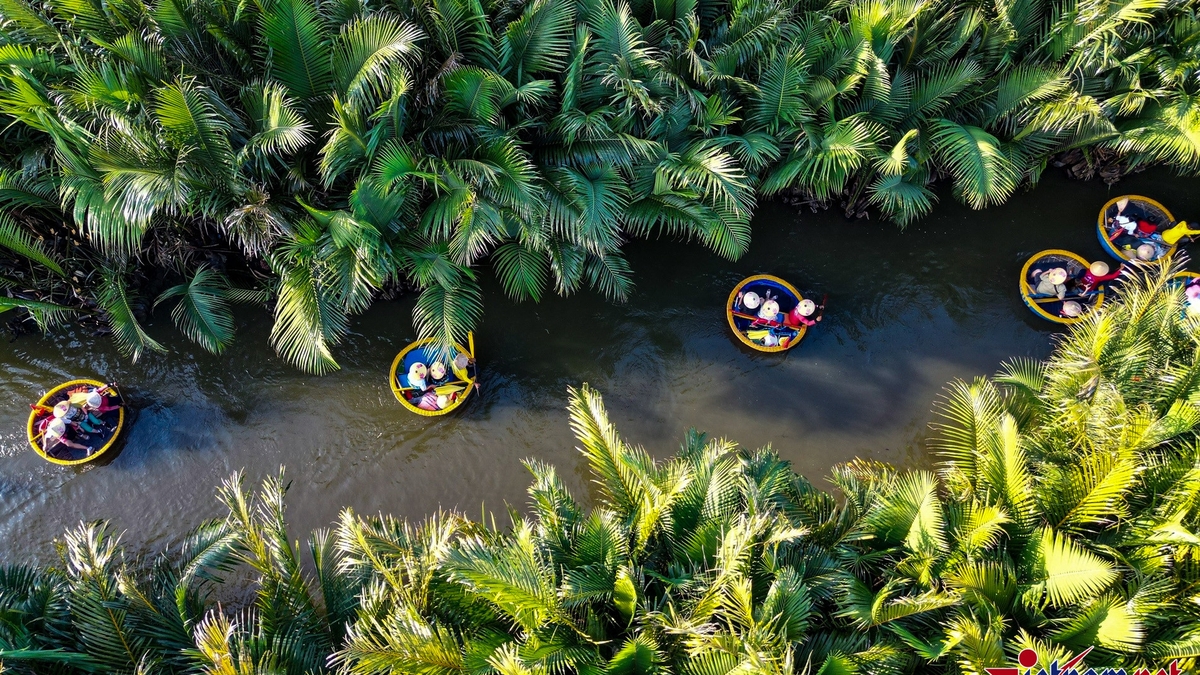
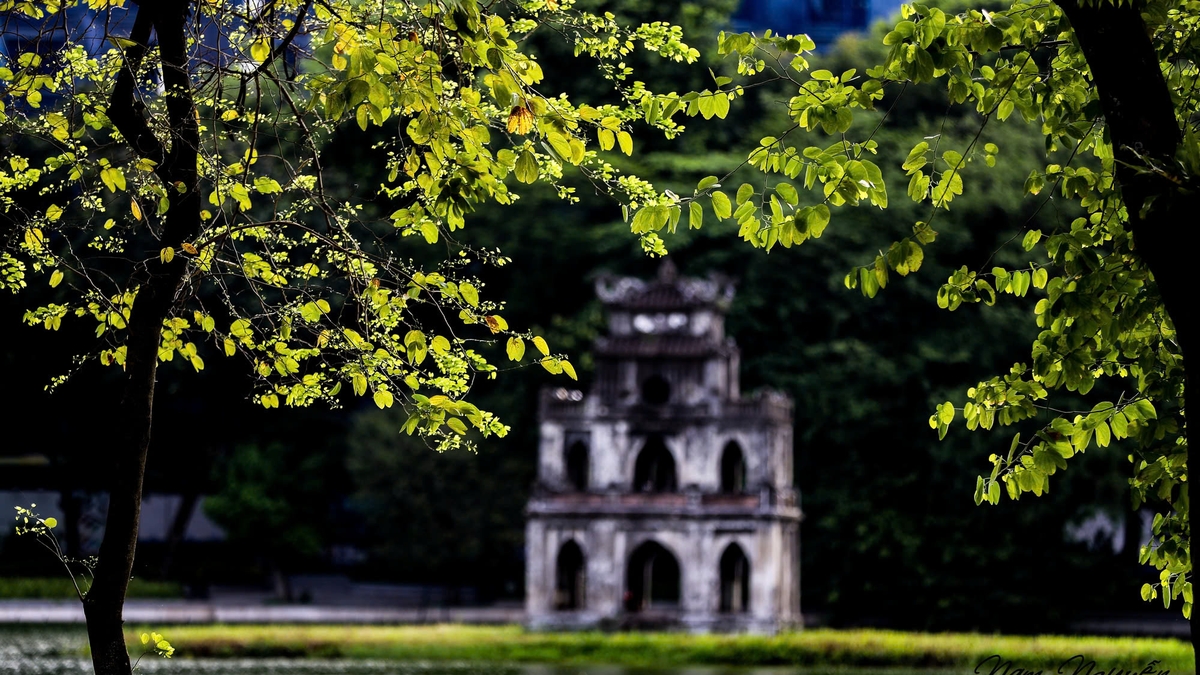









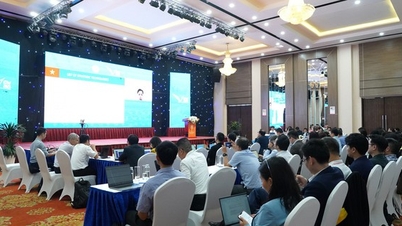


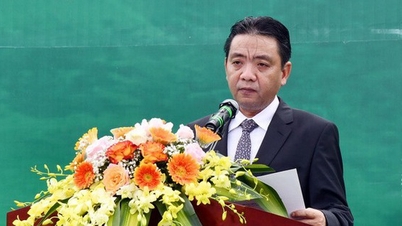
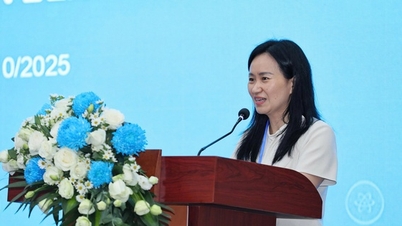
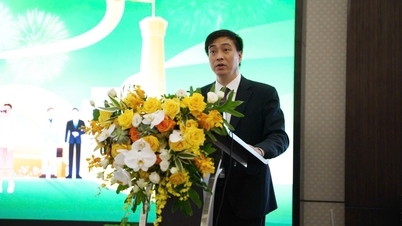


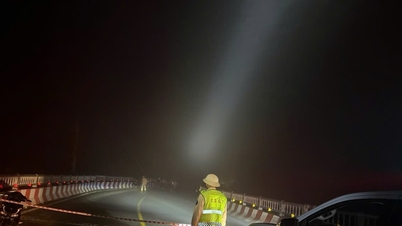


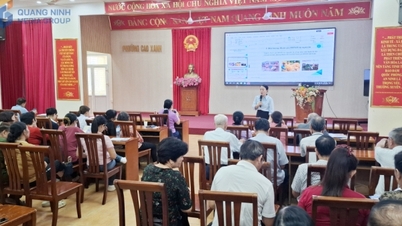

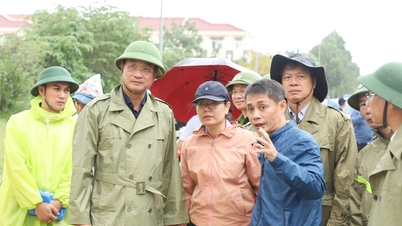

















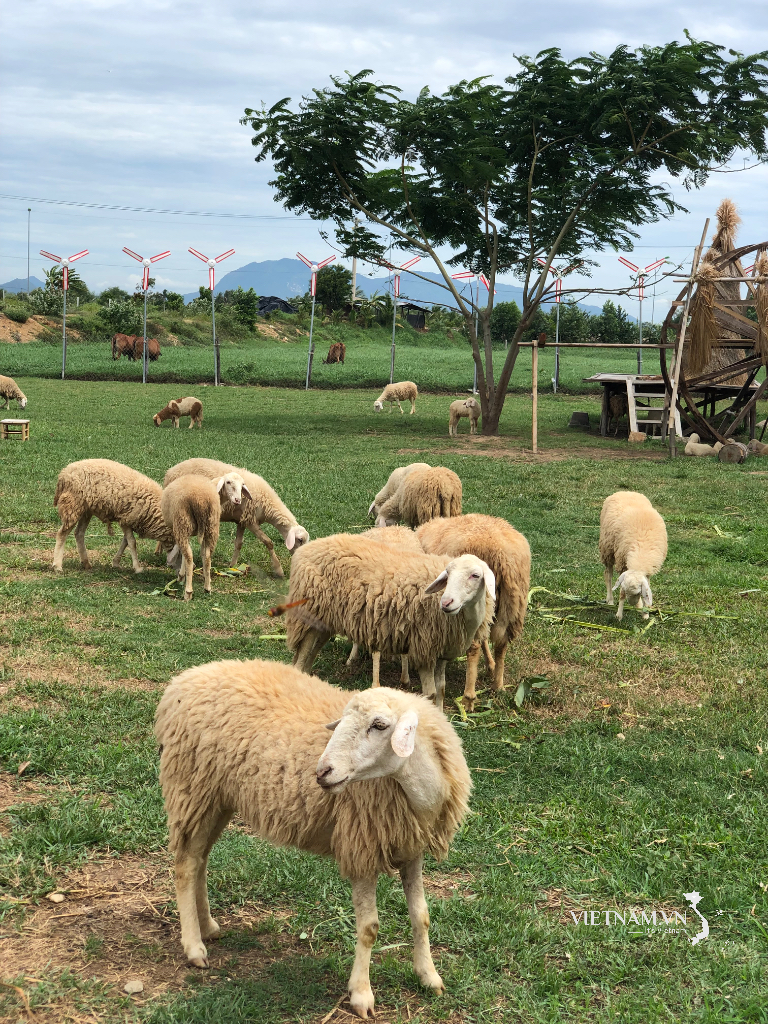
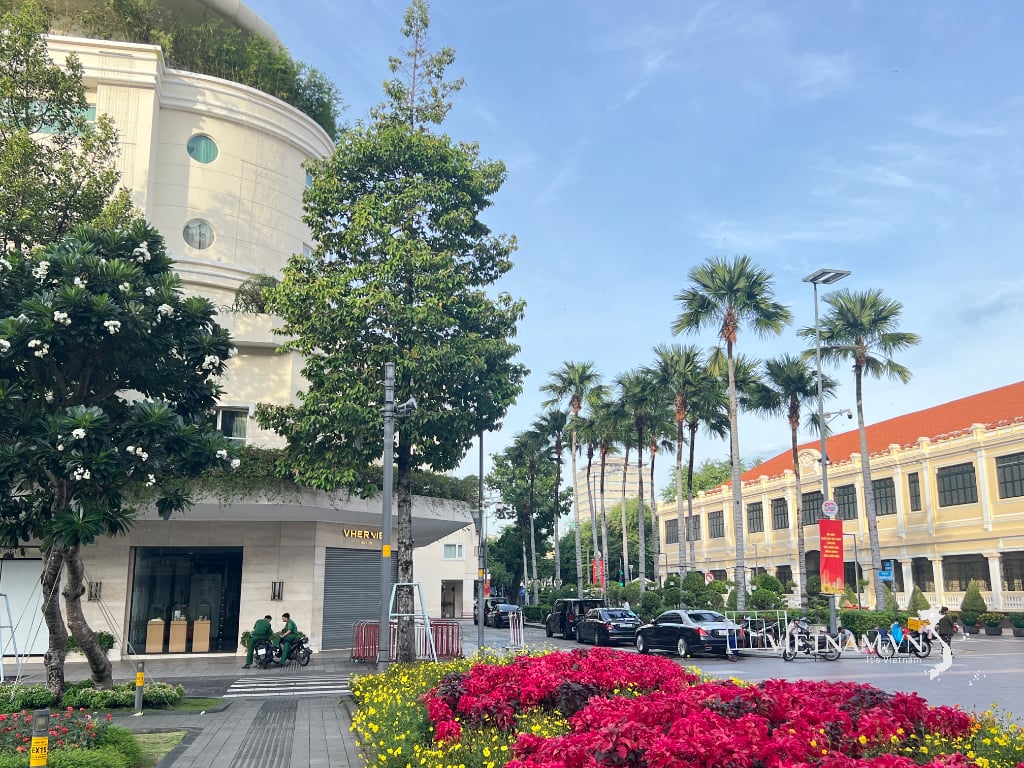

Comment (0)